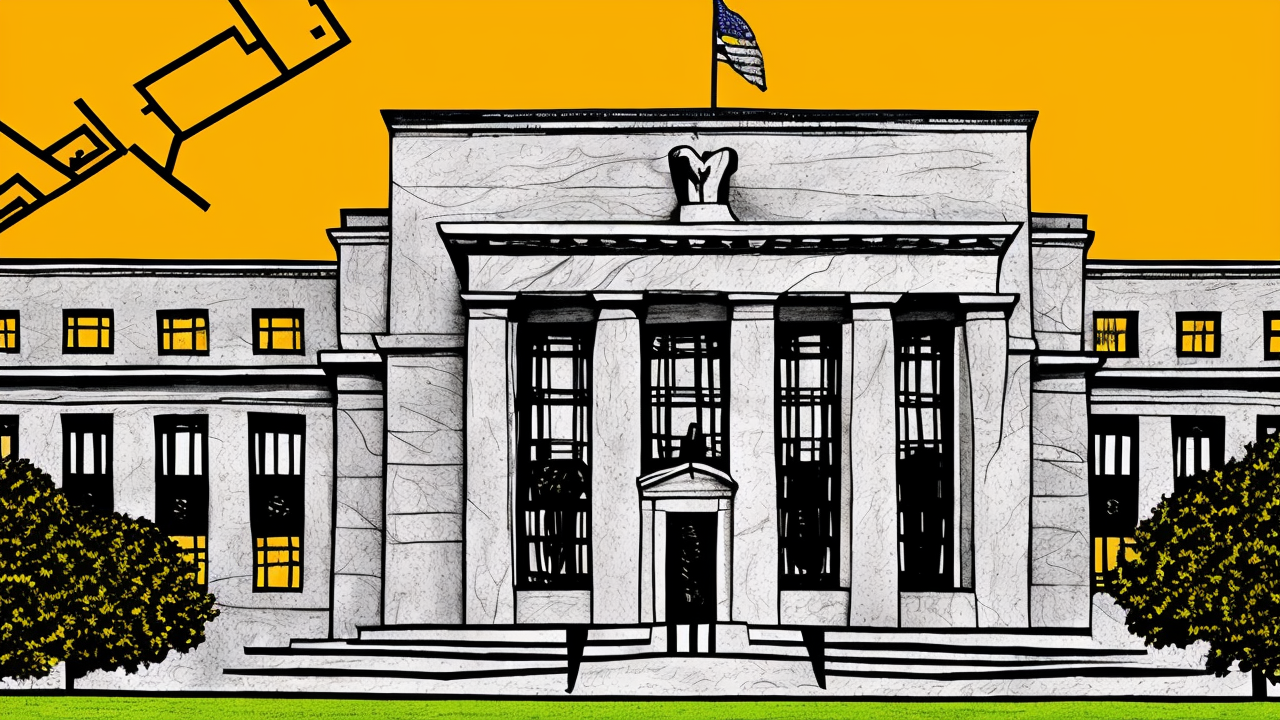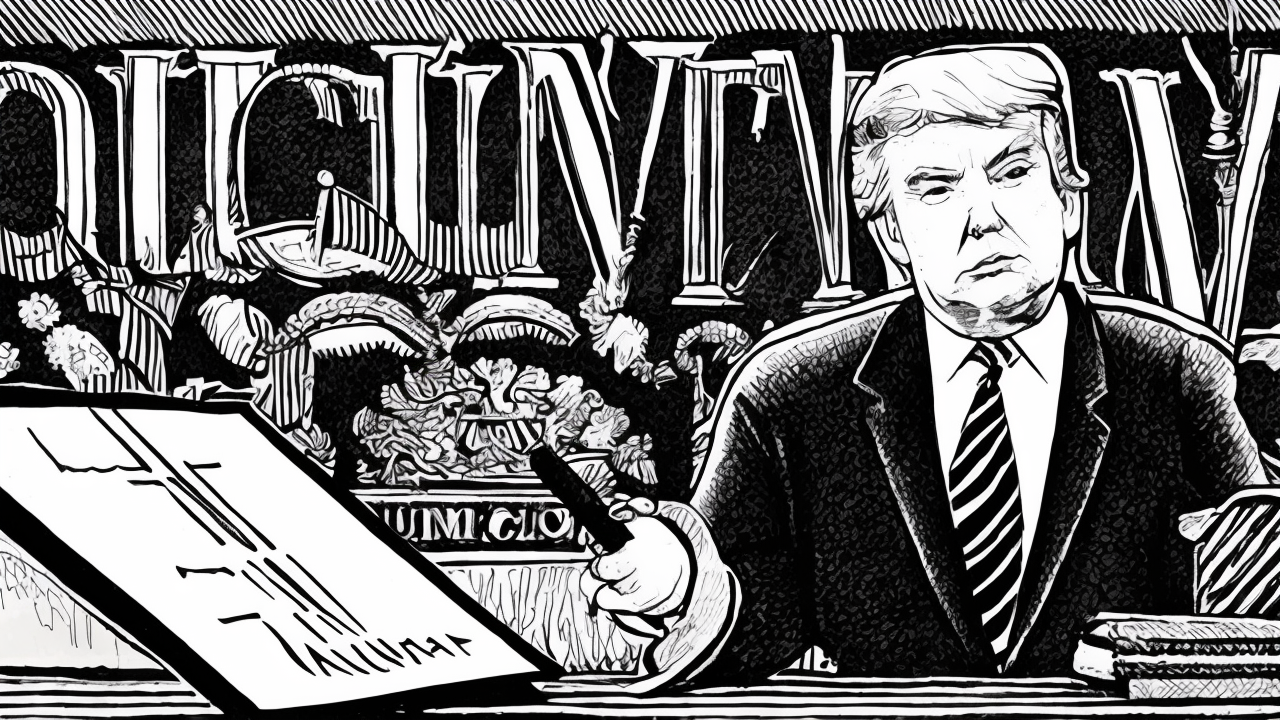Federal Reserve Revises Capital Requirements for Large U.S. Banks

The Federal Reserve has significantly scaled back its proposed capital requirement increases for large U.S. banks, following intense opposition from the banking industry and political figures. The revisions, announced as part of the "Basel Endgame" proposal, aim to strengthen the banking sector's resilience against future crises by adjusting the capital buffers banks must maintain. Under the revised rules, banks with assets between $100 billion and $250 billion are largely exempt from the original capital hike, though they must now account for unrealized gains and losses on securities. For global systemically important banks (G-SIBs), the common equity Tier 1 capital requirement increase has been reduced from 19% to 9%, easing the burden on these largest institutions. This change means G-SIBs will need to collectively boost their capital buffer by approximately $90 billion, down from the initial proposal of $190 billion. Bank executives, including JPMorgan Chase's Daniel Pinto and Bank of America's Brian Moynihan, have expressed mixed reactions. Pinto welcomed the reduced requirement but emphasized uncertainty about the details, while Moynihan argued that higher capital requirements could hinder lending to small businesses and middle-market companies. The revised proposal also affects other large banks and smaller non-G-SIB firms, with varying adjustments to their capital buffers. The Basel Endgame plan had faced criticism from both Democrats and Republicans, who argued it would increase borrowing costs and harm the economy. The Federal Reserve's revisions reflect a balance between regulatory oversight and industry concerns, aiming to enhance financial stability while addressing potential economic impacts.
Published: 6/25/2025
















